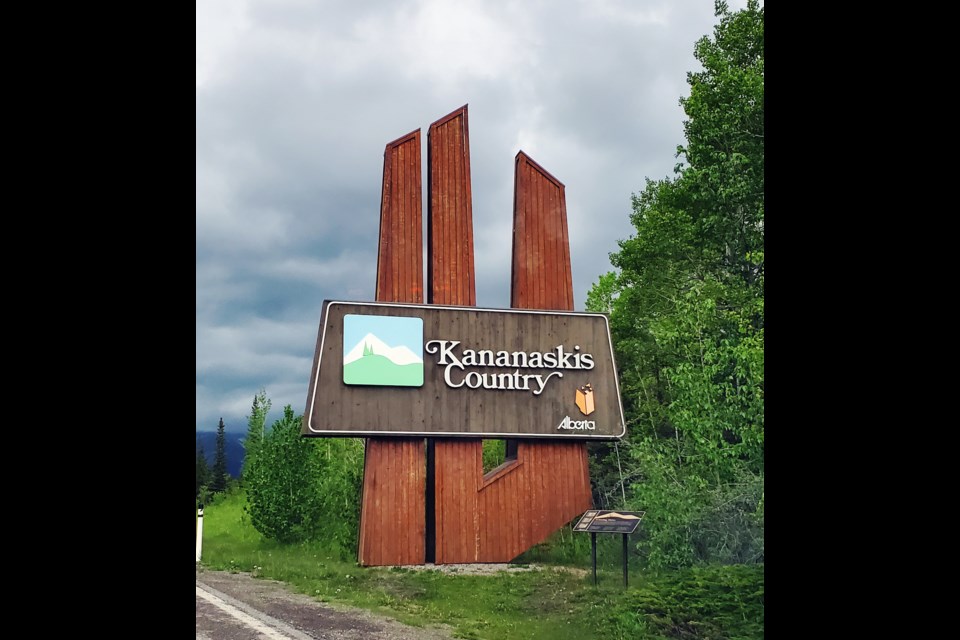KANANASKIS COUNTRY – A newly-formed committee has been given the go-ahead on its mandate to explore public transit options in Kananaskis Country.
Kananaskis Improvement District (KID) council voted to approve the transit committee’s terms of reference at its Jan. 24 meeting, allowing its members to move forward with goals of increasing transportation choices for visitors, residents and commuting staff, while also facilitating tourism and economic prosperity in K-Country, and decreasing the environmental footprint.
“The objectives that the committee came up with include obtaining a feasibility study to evaluate implementing transit service, including a phased service plan; reviewing funding options and grants; playing an advocacy role with other service levels of government; and liaising with other groups and individuals on transit recommendations,” said KID municipal advisor Kie Shiroma, who presented the committee’s report to council.
Prior to the endorsement of the terms of reference, council approved a 2023 interim budget which includes $20,000 in funding toward a transit feasibility study. KID council chair Melanie Gnyp also sent a letter last December in support of exploring regional transit opportunities in K-Country to Minister of Transportation and Economic Corridors Devin Dreeshen.
Administration has drafted a transit feasibility study grant pre-application to be submitted to the Federation of Canadian Municipalities as well as an application for submission to the province’s Northern and Regional Economic Development Program. The latter application would seek funding for a telecommunications project consultant and separate feasibility studies for public transit and an electric vehicle charging program.
Transit committee members Couns. Darren Enns and Erum Afsar, had their first official meeting on Jan. 12 to finalize the committee’s mandate before bringing it to council.
Other goals include reducing parking congestion and human/wildlife encounters, as well as greenhouse gas emissions.
The goal of providing public transit options to residents and commuting staff is notably mentioned as ancillary to providing options to visitors, however, who make up the largest portion of people travelling to and from K-Country.
There were more than five million visitors to K-Country in 2020 and again in 2021. Based on Alberta Parks’ visitation numbers in 2022, there were more than 3.4 million visitors from January to September, which suggests visitation may be returning to a level more akin to numbers seen pre-COVID-19 pandemic.
In comparison, there were about 156 people living in 60 of 152 private dwellings in KID in 2021, according to census data. The area’s tourism industry, however, is also a major employer of many people who need to commute to K-Country to work.
Initial discussions of council have targeted the Highway 40 corridor as a likely route for transit service, potentially stopping at popular sites such as the Stoney Nakoda Resort and Casino, Kananaskis Village, Highwood Pass and other areas.
The committee plans to connect with neighbouring municipalities such as Banff, Canmore and Stoney Nakoda First Nation to explore synergies when it comes to transit and connecting commuters in the region.
Council gave kudos to the transit committee for what they felt was a thorough mandate. The only comment was from Coun. Claude Faerden, who mentioned a neighbour to his business based in K-Country had recently asked about the possible implementation of a carshare-style program in the region.
A bus service has been the focal point of all recent transit discussions with the goal of moving the most amount of people in the most efficient manner. Council has yet to discuss other options such as carshares at any length.
“The current offerings in the valley are really not for everyone out there,” Faerden noted. “I just want to make sure there is room in these terms of reference to allow for something like that as a possibility if we wanted to look into it in the future.”
The Local Journalism Initiative is funded by the Government of Canada. The position covers Îyârhe (Stoney) Nakoda First Nation and Kananaskis Country.




